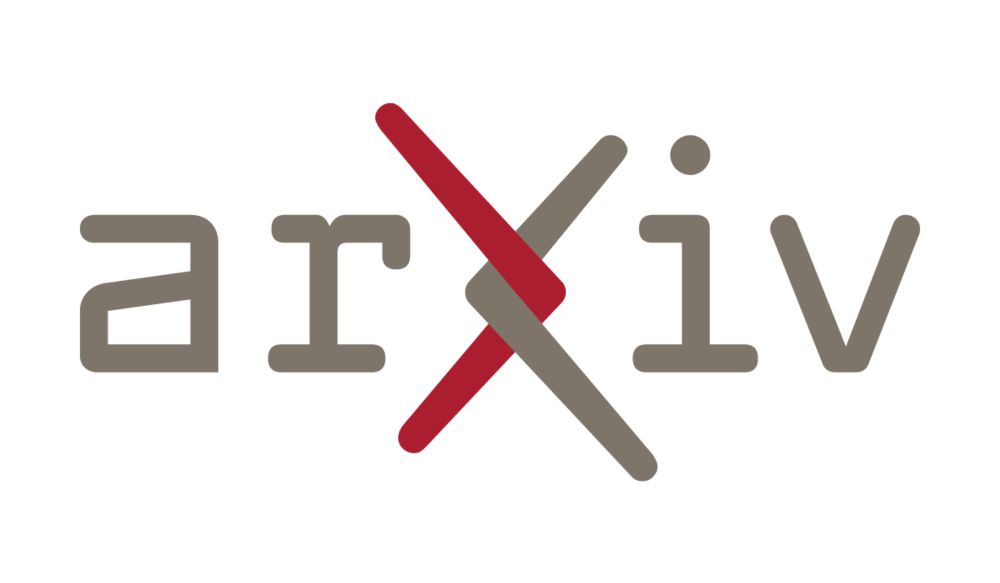
Visiting Scientist at Abridge AI
Causality & Machine Learning in Healthcare
Prev: PhD at MIT, Postdoc at CMU
And if you're at UAI, check out the talk and poster today! Jacob (not on social media) and I are around at UAI, so reach out if you're interested in chatting more!
Paper: arxiv.org/abs/2502.09467
Poster: www.michaelkoberst.com/assets/paper...
And if you're at UAI, check out the talk and poster today! Jacob (not on social media) and I are around at UAI, so reach out if you're interested in chatting more!
Paper: arxiv.org/abs/2502.09467
Poster: www.michaelkoberst.com/assets/paper...
For instance, deploying *multiple models* in a trial has two benefits: (1) it allows us to construct tighter bounds for new models, and (2) it allows us to test whether these assumptions hold in practice.
For instance, deploying *multiple models* in a trial has two benefits: (1) it allows us to construct tighter bounds for new models, and (2) it allows us to test whether these assumptions hold in practice.
This formalism allows us to start reasoning about the impact of new models with different outputs and performance characteristics.

This formalism allows us to start reasoning about the impact of new models with different outputs and performance characteristics.

The first challenge is coverage: If the new model is very different from previous models, it may produce outputs (for specific types of inputs) that were never observed in the trial.

The first challenge is coverage: If the new model is very different from previous models, it may produce outputs (for specific types of inputs) that were never observed in the trial.
These bounds require some mild assumptions, but those assumptions can be tested in practice using RCT data that includes multiple models.

These bounds require some mild assumptions, but those assumptions can be tested in practice using RCT data that includes multiple models.
bsky.app/profile/zach...
arxiv.org/abs/2411.04118

bsky.app/profile/zach...

